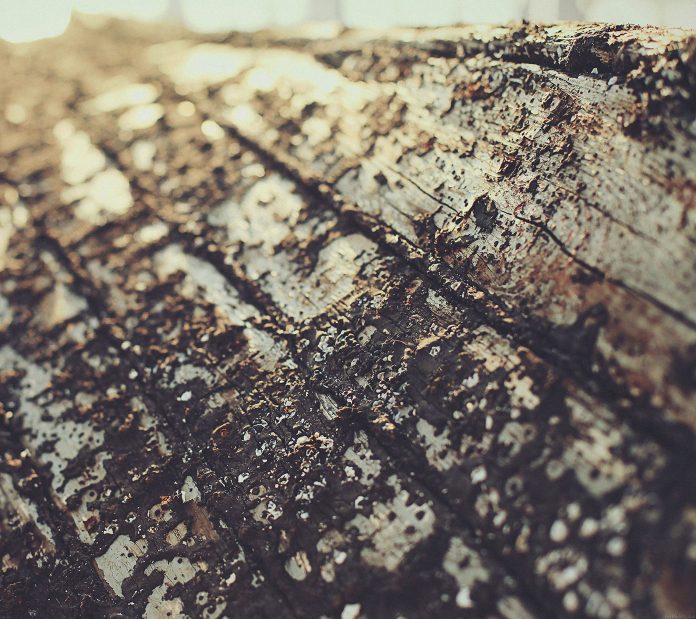Flattening is a technique that is used to convert multi-dimensional arrays into a 1-D array, it is generally used in Deep Learning while feeding the 1-D array information to the classification model.
What is the need for Flattening of an Image?
Multi-Dimensional arrays take more amount of memory while 1-D arrays take less memory, which is the most important reason why we flatten the Image Array before processing/feeding the information to our model. In most cases, we will be dealing with a dataset which contains a large amount of images thus flattening helps in decreasing the memory as well as reducing the time to train the model.
Step 1: Importing the necessary libraries
Python3
import numpy as np import pandas as pd import cv2 as cv from google.colab.patches import cv2_imshow from skimage import io from PIL import Image import matplotlib.pylab as plt from numpy import array from sys import getsizeof |
Step 2: Fetching a random image through web
Python3
#Fetching the url and showing the image using cv2_imshow for url in urls: image = io.imread(url) cv2_imshow(image) print('\n') |

Step 3: Transforming the image into a multi-dimensional array
Python3
#Getting the multi-dimensional array from the image array1 = array(image) #Memory occupied by the multi-dimensional array size1 = getsizeof(array1) print(array1) |
Step 4: Now Flattening the multi-dimensional array using flatten() function
Python3
#Using Flatten function on array 1 to convert the multi-dimensional # array to 1-D array array2 = array1.flatten() #Memory occupied by array 2 size2 = getsizeof(array2) #displaying the 1-D array print(array2) |
Step5: Results of Flattening
Python3
#Print's the two different size's of the array print(f"Size of Multidimensional Image : {size1}") print(f"Size of Flattened Image : {size2}") difference = size1 - size2 #Print's the difference of memory between the size of Multidimensional & 1-D array print("Size difference in the images: ", difference) |
Size of Multidimensional Image : 1324928 Size of Flattened Image : 1324896 Size difference in the images: 32
Step 6: Full Code
Python3
#importing libraries import numpy as np import pandas as pd import cv2 as cv from google.colab.patches import cv2_imshow from skimage import io from PIL import Image import matplotlib.pylab as plt from numpy import array from sys import getsizeof #Fetching the url and showing the image using cv2_imshow for url in urls: image = io.imread(url) cv2_imshow(image) print('\n') #Getting the multi-dimensional array from the image array1 = array(image) #Memory occupied by the multi-dimensional array size1 = getsizeof(array1) print(array1) #Using Flatten function on array 1 to convert the multi-dimensional # array to 1-D array array2 = array1.flatten() #Memory occupied by array 2 size2 = getsizeof(array2) #displaying the 1-D array print(array2) #Print's the two different size's of the array print(f"Size of Multidimensional Image : {size1}") print(f"Size of Flattened Image : {size2}") difference = size1 - size2 #Print's the difference of memory between the size of Multidimensional & 1-D array print(difference) |
Conclusion:
After running the whole code we see that there is not a major difference in memory used in the multi-dimensional image array and the flattened array. Then people may ask why we are doing the flattening when the effect is negligible. In a large datasets when we are dealing with thousands of images the net amount of the memory saved due to all the images accumulates to be pretty big.





